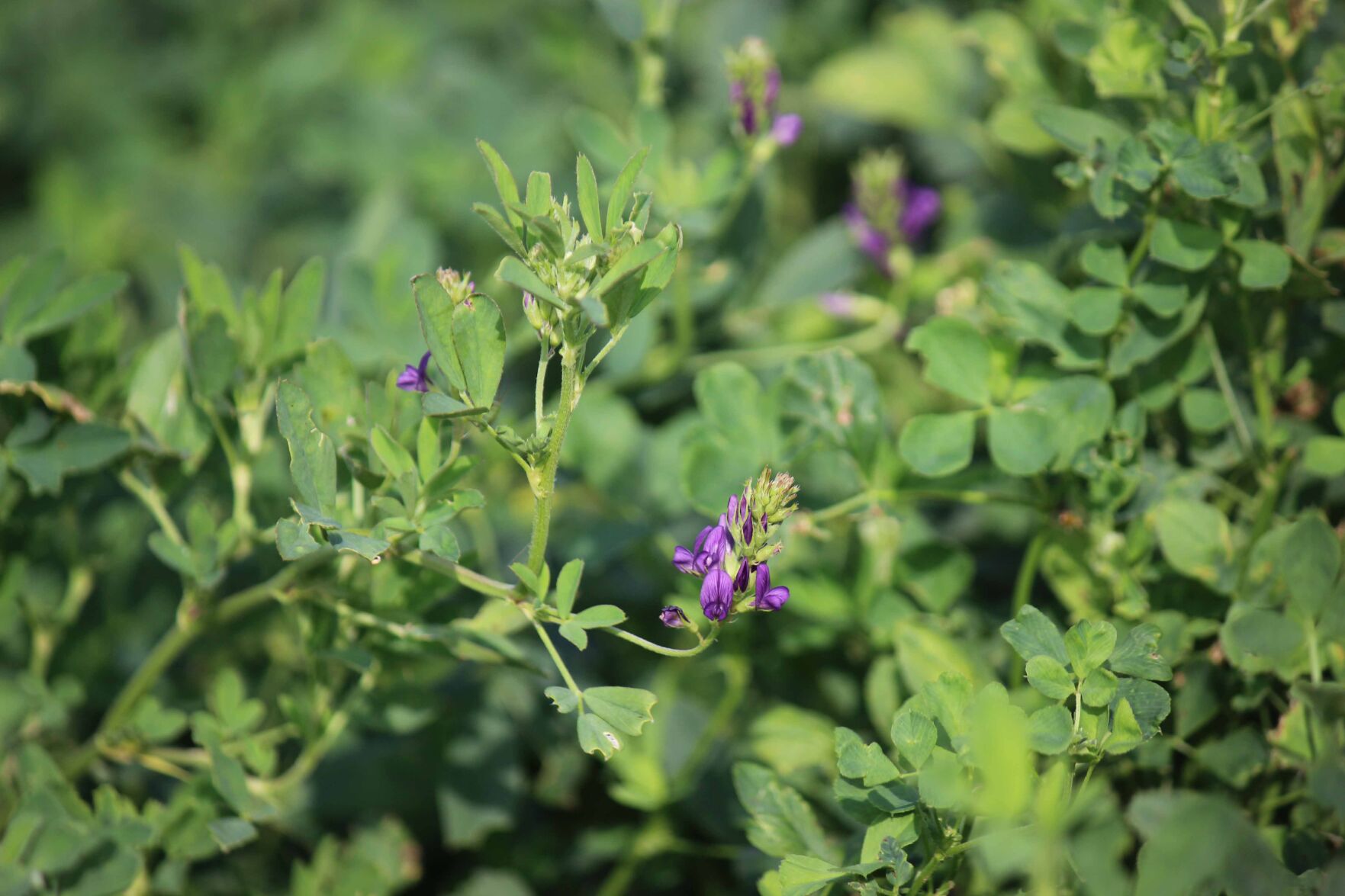Alfalfa weevils have left the fields, but they will return

It is true the No. 1 alfalfa pest in Kansas has departed with the warm temperatures, but make no mistake: The alfalfa weevil will return and it will bring with it a ravenous appetite and spawn millions of offspring. Jeff Whitworth, associate professor of entomology at Kansas State University, and experts like him have been trying to control alfalfa weevils for 20 to 30 years.
“Alfalfa weevils are really only a problem to hay producers prior to the first cutting of alfalfa in the early in the spring,” he said. “They are a univoltine insect, so they are a once a year problem for growers and they are a cool weather insect, so they affect the alfalfa early on.”
According to Whitworth, the eggs will start hatching and start feeding anywhere from late February to April, which is about the time alfalfa breaks dormancy and starts growing.
“The little larva are voracious feeders and they eat 24/7, as most larvae do,” Whitworth said. “The problem is that at the time of year in March and April, we have weather problems. It can be cold, hot, sleeting, snowing or raining, and the alfalfa weevil feeds anytime the temperature is above 45 degrees. Lots of times you can’t get out there to make an insecticide application to your field, because it’s too wet or windy, but the insects are still feeding.”
Whitworth said insecticides do not work really well in temperatures under 50 degrees Fahrenheit, making it difficult for growers to treat their crop in the spring, giving the weevils ample time to eat to their hearts’ content.
“These things can completely defoliate alfalfa plants in three days,” he explained. “In the last 20 years, we’ve probably had 80 to 100% infestations in alfalfa fields—even new fields.”
Once it gets to 80 to 85 degrees, the adult alfalfa weevils leave the fields. Whitworth said it is unknown where they go for the hot, summer months, but presumably they relocate to shaded areas like creek beds. In September and October, the adults return to the fields and start mating and laying eggs in the stems of the plant. According to Whitworth, insecticides do not affect the eggs, but they do kill the larva.
“Eggs are laid from October to March, so that’s why we can have eggs hatching in February, March and April, and we often hear of them hatching in waves,” Whitworth said. “We have experimented with trapping, fall applications of insecticides before eggs are laid, burning the stubble and grazing livestock in effort to find a way to control these bugs in alfalfa. Some of these tactics have worked to a degree, but not to a point where they are recommended strategies to prevent weevil infestations.”
Furthermore, Whitworth said there is not currently any breeding for resistance in progress right now.
“Alfalfa is just not that big of crop compared to corn or soybeans, so companies just don’t spend a lot of money doing research on it,” he explained. “All we can do is just be ready in the spring when the weevils hatch and try to spray in a timely manner with the proper amount of insecticide. The insecticides work pretty well if you can get your field sprayed. This year we were pretty lucky, but sometimes the weather is bad and you end up donating quite a bit of your crop to your alfalfa weevil. It’s just not an easy pest. It only comes once a year but it’s still just really hard to control.”
Lacey Newlin can be reached at 620-227-1871 or [email protected]



